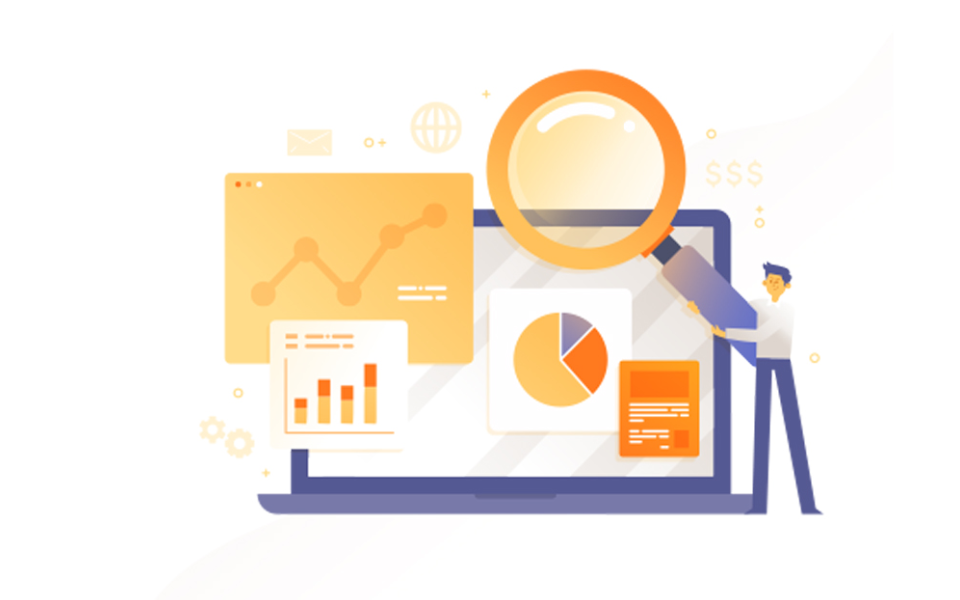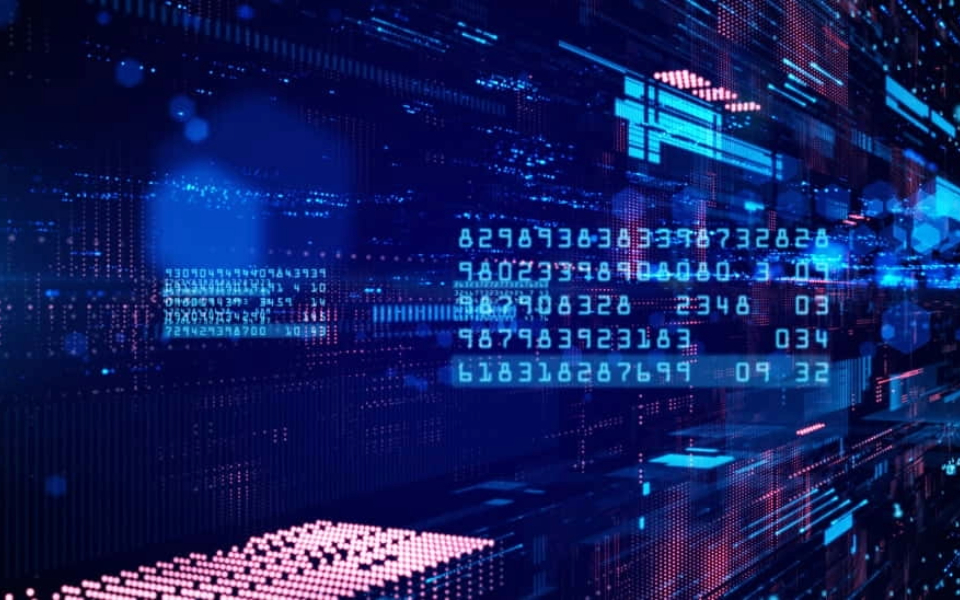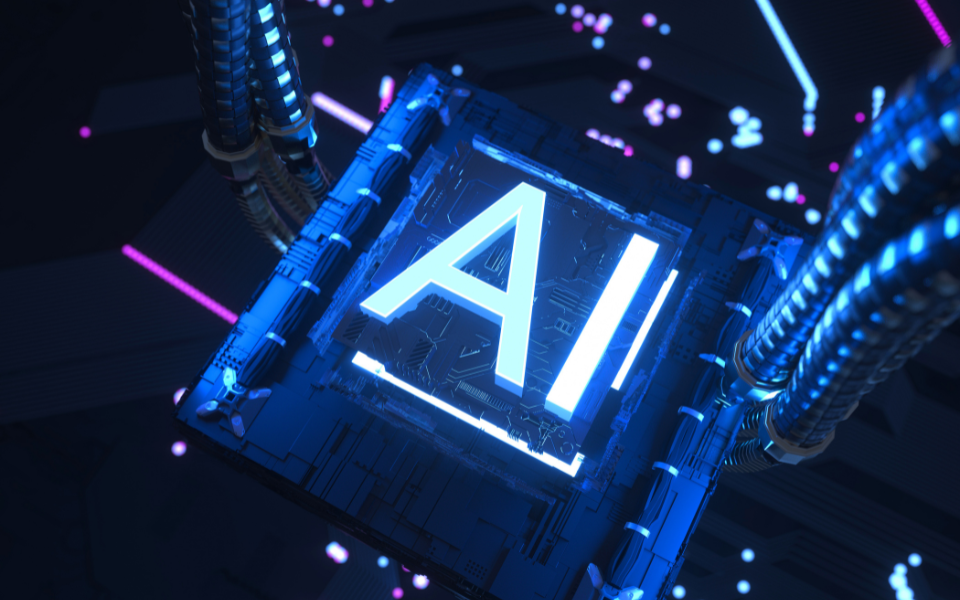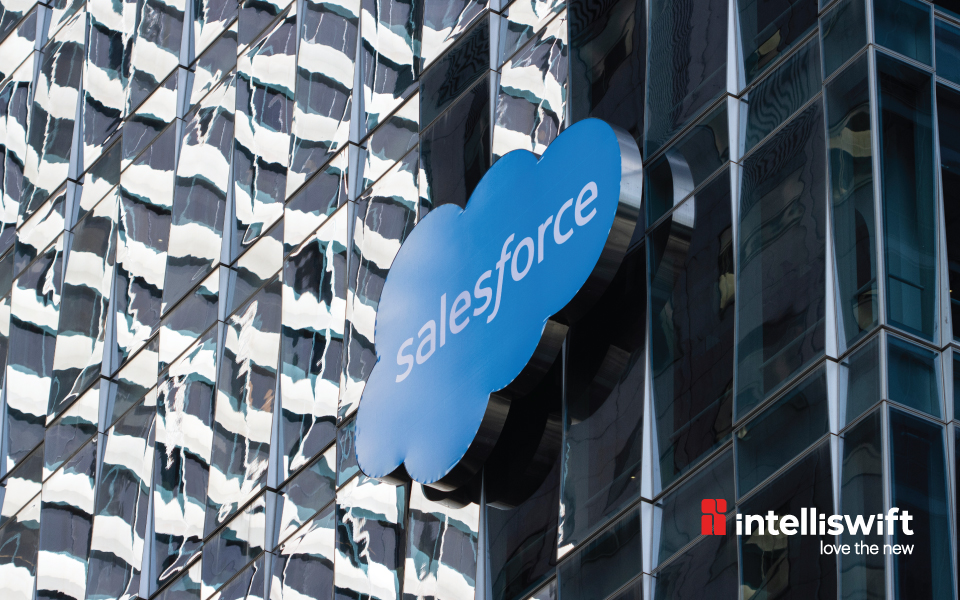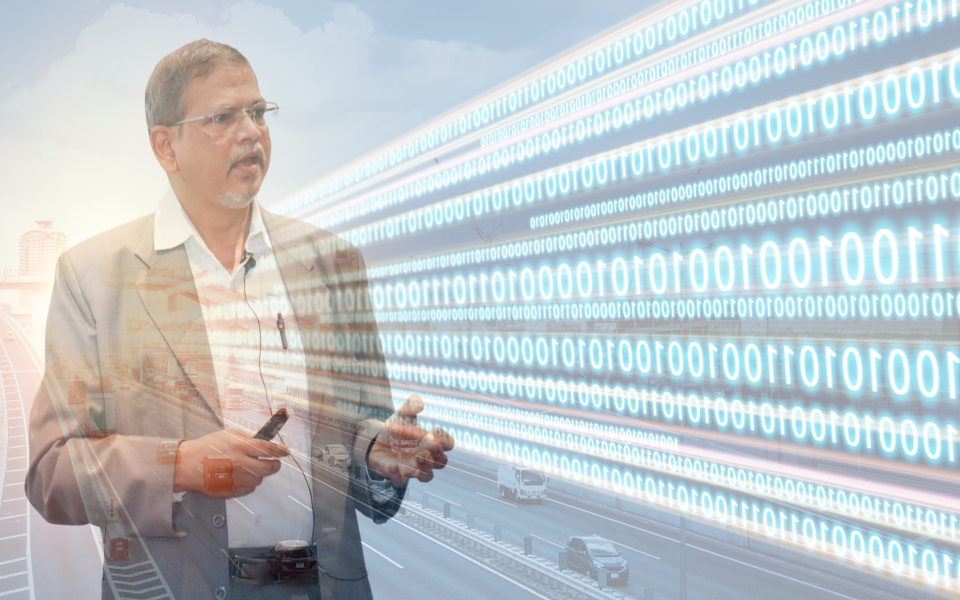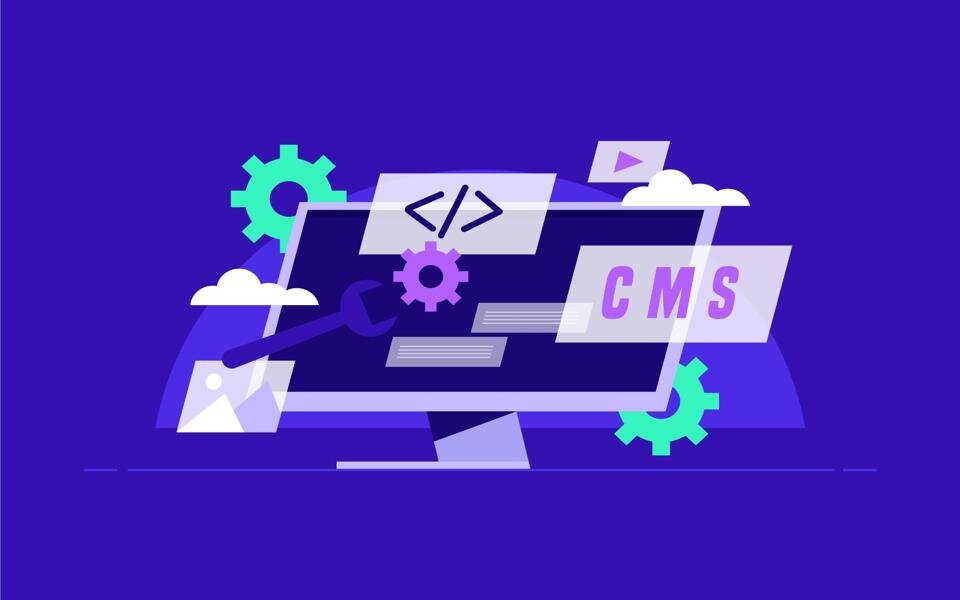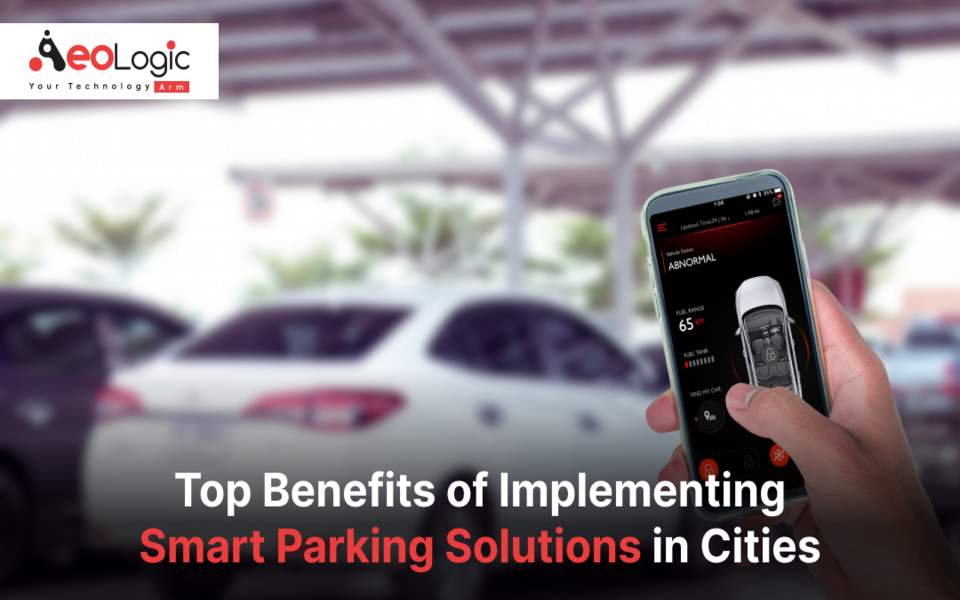In order to stay competitive, enterprises today are aggressively deploying greater BPA (Business Process Automation) to offer cutting-edge experiences and solutions to customers. RPA (Robotic Process Automation) is one of the most significant automation technologies that is playing a critical role in enhancing business productivity and efficiency. In conjunction with other technologies capable of cognitive decision makings, such as AI and ML, rules and process-based RPA can enable digital transformation by establishing end-to-end control of business processes, and enabling continuous process enhancement.
According to experts, over 60 percent of the routine jobs at any organization can be automated (partially or completely) with RPA technology. The global robotic process automation market size is already valued at $1.40 billion in 2019 and is expected to reach $11 billion by 2027, expanding at a CAGR of 34% from 2020 to 2027 (Grand View Research). The potential economic impact of knowledge work automation is expected to be $5-7 trillion by 2025. Managed IT Services Houston can help your company leverage the benefits of RPA technologies.
What is Robotic Process Automation – RPA?
Robotic process automation can be understood as a suite of technology that enables the configuration of software to capture and interpret applications. RPA is rules-based and as such is bound to the inputs for carrying out transactions, manipulating data, triggering responses or communicating with other digital systems.
Like Machine Learning, this technology has the capability to accurately emulate human actions, and is highly useful in performing business process operations, especially those that have a high volume and are largely repetitive in nature. This enables organizations to free up valuable time for their employees that can be redirected towards more complex, high-value, problem-solving tasks.
RPA can be utilized in a number of business processes including:
- Logging into applications
- Connecting to system APIs
- Copy and paste large amounts of data
- Move large amounts of files and folders
- Opening emails and attachments
- Accurate calculations
- Extracting and processing content from documents, PDFs and forms
How does Robotic Process Automation Work?
The “robot” in robotic process automation refers to software running on a physical or virtual machine. Robotic process automation is a form of business process automation that gathers all relevant information from your existing IT systems and can be integrated with existing applications in order to automate a large variety of routine tasks. Robotic process automation can be applied both at the front-end and the back-end. In the former case, RPA technology connects to desktop applications to automatically read and write data, or capture events from the user interface. When deployed at the back-end, RPA technology connects systems and services that are controlled by a process automation server.
RPA technology can also be combined with advanced cognitive technologies, such as AI-based on natural language processing, in order to execute more complex processes through intelligent automation.
RPA software refers to the wide range of RPA tools and platforms that companies can choose from to test and implement RPA use cases. The specifics of RPA processes can vary depending on the tool a company chooses to use or the particular process that is automated. Companies typically choose to engage vendors from the hyper-competitive RPA vendor landscape for automation needs. This is why RPA software is designed to be as usable as possible, so it doesn’t eat up hours of valuable engineering time just to automate a process.
Is Robotic Process Automation AI?
RPA and AI can be deployed to work in tandem and expand automation use cases into more and more business areas and increasingly complex tasks. AI robots are capable of cognitive decision-making using large data sets to provide accurate predictions in a large variety of use cases. The need for human involvement is increasingly being minimized.
The ability of AI to go beyond the simple ‘execution’ of RPA to more cognitive decision making can be understood from its application in processes such as:
- Understanding documents
- Visualizing screens (including virtual desktops)
- ‘Understanding’ conversations
- The ability for self-discovery of tasks and processes that can be automated
- Processing language
- Handling semi-structured or unstructured data
In order to enable the most efficient end-to-end automation, companies need to embrace both RPA and AI to work in conjunction. Houston IT Support has extensive resources on how companies can leverage the technologies to work in tandem.
Why Robotic Process Automation?
Increase Productivity
Process automation enabled by RPA, allows robots to be fully focused on specific tasks. For instance, an RPA robot can be used to calculate, click and navigate through the screen in a few seconds. This can bring down the considerable workload of creating monthly or annual reports from a few days or weeks of man-hours to just a few minutes. This kind of automation does not replace human resources but enhances their ability for both productivity and efficiency. For companies, this kind of process also supports future cost avoidance.
Boost Scalability Opportunities
Robotic process automation can be adapted to the needs of the moment in business processes. For instance, robotic automation has the flexibility to support businesses to fit in the selected requirements of certain objectives thanks to its completely customizable time- and task-specific requirements. This enables even small businesses to make use of extensive robotic process automation to meet evolving market demands.
Better accuracy
With the scope of human involvement reduced substantially, human errors, such as extensive processing errors are also minimized. It’s important to remember that RPA automation is not a turn-key solution, and involves extensive testing, training and governance. However, with optimized and accurately mapped business processes, the chances of errors are nearly eliminated.
Improve Analytics
RPA technologies can be harnessed to gather data about task execution for analysis. This can include everything from work volume patterns, cycle times, errors and exceptions. Data-driven decision-making enabled by such analysis can be key to supporting process improvement initiatives in the organization. Better decision-making at both macro and micro levels require efficient gathering, comparison, and differentiation of data in a variety of fields. This enables increased streamlining of processes in order to enhance efficiency.
Non-disruptive
Larger organizations often find it cumbersome and complex to phase out legacy systems due to the cost, downtimes and complexity involved in overhauling IT infrastructures. RPA systems can be harnessed to prolong the use of legacy systems while still allowing for significant automation of daily operations. Robots can even be assigned user credentials like usernames and passwords in order to communicate with systems at the presentation layer or UI end. This enables the process to be completely Non-disruptive with minimal impact on the core technology programs.
Better customer experience
With customer demands at an all-time high, companies need to offload routine, and repetitive tasks to the robots, so their employees can focus on enhancing customer care. Coupled with the data-driven insights and analysis enabled by RPA automation, skilled and proficient workers can better understand the needs and demands of the customers.
Robotic Process Automation vs Machine Learning
The critical difference between RPA Robotic Process Automation and machine learning (ML) lies in their approach and capacity to mimic human operations. RPA can only operate within a rule and process-based environment that does not allow for decision-making under unfamiliar circumstances. ML, on the other hand, is capable of true learning and adaptation – the defining feature of AI. While RPA excels at executing actions based on its configuration, without the ability to “think” outside the box, machine learning is actually capable of ‘learning’ over time and autonomously improves its performance and accuracy with observational data and real-world interaction.
Source: Understanding Robotic Process Automation – RPA







